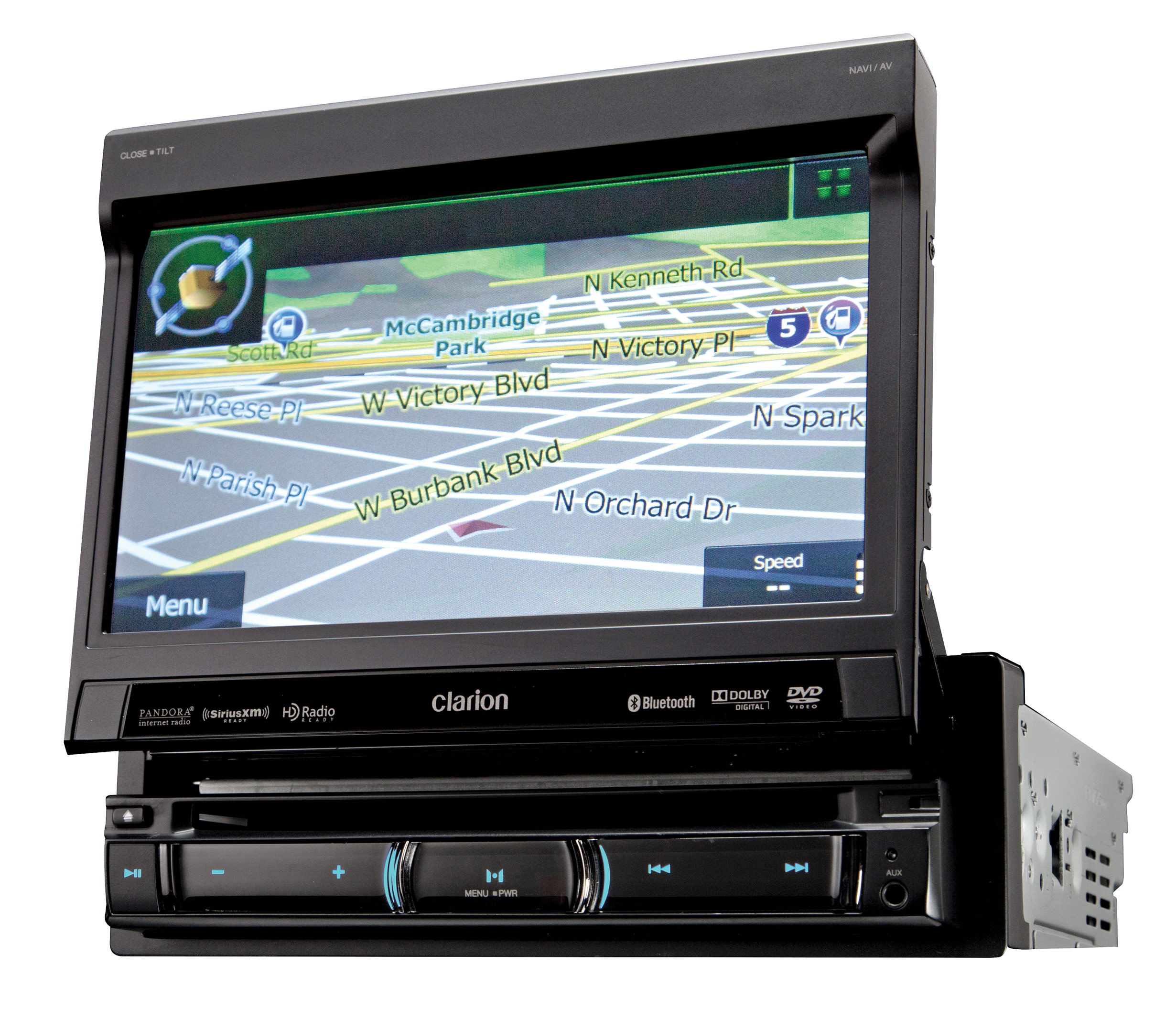Virtual COM Port Driver Installation Manual Installing the virtual COM port driver software on a computer makes possible CAT communication via a USB cable to the SCU-17 or an compatible transceivers. This will allow computer control of TX (PTT, KEY, FSK), and the audio In/Out interface (except the FT-891). A library of over 250,000 device drivers, firmware, BIOS and utilities for Windows. But if your device is running a Qualcomm Snapdragon processor, then there’s a chance you can download and install the stock firmware using QPST tool to recover your device from the bricked state. And for that, your device must be booted into EDL mode and recognized as ‘ Qualcomm HS-USB QDLoader 9008 ‘ by your Windows PC’s Device Manager. Virtual COM Port Driver is available in the Standard and PRO editions, so you can choose the optimal set of features that is perfectly suited to your needs. Standard version Virtual Serial Port Driver is designed to provide your system with an unlimited number of virtual serial port pairs that work like real hardware COM interfaces and fully.
Virtual COM Port Drivers for Ross-Tech USB Interfaces
Older Ross-Tech RS-232 Serial interfaces can be set to power up as 'dumb K-Line pass through' interfaces. This allowed those old Serial interfaces to be compatible with a wide variety of third-party applications which expect a 'K-line pass-through' serial interface. However, our USB interfaces present additional challenges. Early in their development, we found a number of technical advantages to using a 'direct' USB driver which bypasses the Windows Serial drivers entirely. Hence the USB drivers that ship with VCDS do not emulate a serial COM port and cannot be used with applications that expect to communicate via a serial port.
NOTE: The following applies to our legacy USB interfaces (HEX-USB, KII-USB and HEX-USB+CAN). It does NOT apply to our current HEX-V2 or HEX-NET interfaces. These new interfaces do not use a USB UART chip and cannot be be used for 'dumb K-line pass-through'!

In order to facilitate the use of third-party applications which expect to communicate with a serial interface, drivers that emulate a COM port are available. However, anyone thinking about using them needs to be aware of the following points:

We do not offer installation support for these drivers. They should be used only by someone who is competent/comfortable installing (and possible uninstalling) USB drivers on his PC.
We cannot offer any support for third-party software, nor any guarantee that it will work correctly with these drivers. Of course, the same would apply with a serial interface as well.
That said, here some installation notes:
These drivers are compatible with Windows 2000 and newer. They should work with W2K, XP-32, XP-64, Vista-32 and Vista-64. We do not have any VCP drivers for Windows 98!
Unzip the contents of the download into a new folder.
With an interface plugged in, find it in Device Manager, right-click it, and select Update Driver.
Depending on what drivers your system already has installed, you may have to 'force' these by telling the wizard not to search, but to let you specify what driver to install, then doing the Have Disk and Browse thing.
There's also the possibility that the Virtual COM Port won't install automatically. We've found no real pattern why it does on some systems and not on others. If it does not, find the interface in Device > Manager. The name should show '... with VCP'. Open the properties sheet, click the Advanced tab, and make sure Load VCP is checked. Once checked, disconnect and re-connect the interface.
Once the USB Serial Port is installed, you may need to change the COM Port Number (depending on how high a number the applications supports). Device Manager, Properties sheet for the USB Serial Port, Port Settings tab, Advanced button. The COM Port Number may change if you plug the interface into a different USB port, so I'd recommend always using the same USB port.
VCDS should continue to work fine with these drivers installed. Leave VCDS set to USB, not a Virtual COM Port!
Assuming you've read and understand all of the above, you can download the 'Virtual COM Port' drivers here:
Home
Products
VCDS
Product Information
Interfaces
TWIN-USBKII-USB HEX-USB+CAN
Virtual COM Port Drivers
Tmi-orion Port Devices Driver Download Mac

Tmi-orion Port Devices Driver Download Windows 10
Tmi-orion Port Devices Driver Download Free

Scrybe Gesture Workflows can greatly enhance your productivity by expanding your Synaptics TouchPad’s capabilities. By combining Synaptics Gesture Suite’s scrolling, zooming and rotation gestures with Scrybe’s symbols, one can unleash the power of the TouchPad.
Important:
The Synaptics device driver is customized to meet the specific requirements of your device manufacturer. To ensure that you get the appropriate device driver for your system, download your Synaptics device driver from your system manufacturer's support website.
For more information on the advanced features enabled by the Synaptics Driver, view our Driver Product Brief.
Note: Installing a generic driver may result in the loss of OEM-customized Synaptics pointing device functionality. Setting a restore point before installing is a quick way to rollback to the previous driver.
- March 1, 2011
- Windows XP/Vista/7
- 50.9 MB
- August 15, 2016
- Windows 2000/XP
- 6.2 MB
- November 11, 2014
- Windows (all)
- 120 MB
- March 1, 2011
- Windows Vista / 7 64-bit
- 24.3 MB
- November 8, 2011
- Windows Vista / 7 64-bit
- 53.9 MB
- July 12, 2010
- Windows 7
- 37.0 MB
- May 31, 2010
- Windows XP/Vista/7
- 14.2 MB
- May 31, 2010
- Windows XP/Vista/7
- 13.6 MB
- January 6, 2009
- Windows 95
- 5.9 MB
- January 6, 2009
- Windows NT
- 5.8 MB
Tmi-orion Port Devices Driver Download
